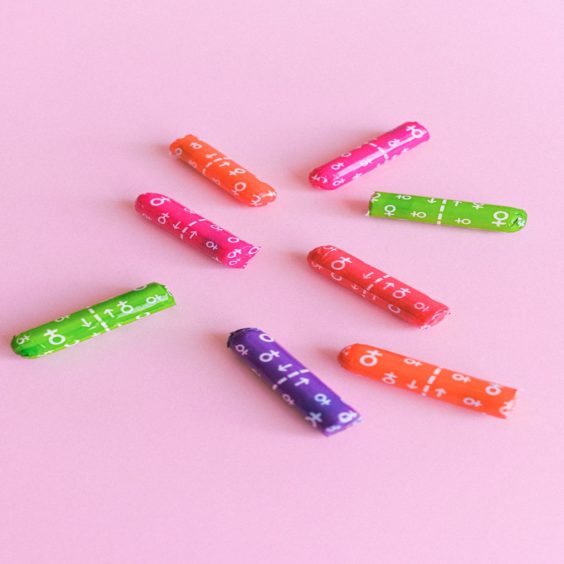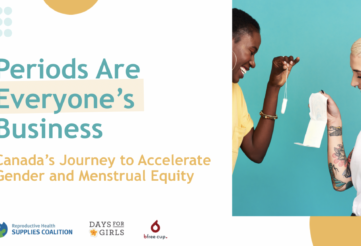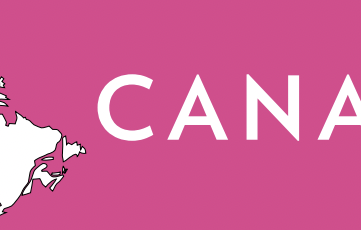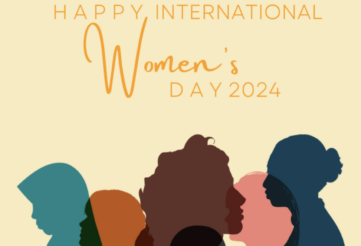Evaluating the Effects of COVID-19 on Period Poverty

In 2020, while everyone was dealing with the isolation, uncertainty and economic blows of COVID-19, a recent study showed that menstruators were hit especially hard with period poverty. The study, entitled “Menstrual Product Insecurity Resulting From COVID-19‒Related Income Loss, United States, 2020” in the American Journal of Public Health, concluded that, “Pandemic-related income loss was a strong predictor of menstrual product insecurity, particularly for populations with lower income and educational attainment.” While some steps have been taken to remedy this pandemic-inflated menstrual inequity, the study’s findings demonstrate how important it is for those in power to employ a gender-inclusive lens when designing and enacting policies – even when those policies may not seem directly related to gender issues – to ensure that everyone has equal opportunities to access period products regardless of their circumstances.
Workplace bias intensifies period poverty
One of the study’s key findings was that women who experienced pandemic-related income loss are more likely to struggle with menstrual product insecurity. This is particularly concerning since more women were let go from their jobs than men during the first years of the COVID-19 pandemic. In this way, women during the pandemic have navigated layered forms of gender inequity including workplace bias and menstrual insecurity, among others.
The pandemic changed behavior
The study further indicated that people’s usage of period products during COVID-19 has differed from their pre-pandemic habits. Even for those women who have been able to afford menstrual products during the pandemic, supply chain breakdowns and product shortages often result in unreliable access to menstrual products, leading to changes in their period product behavior. For example, menstruators reported either buying different or less costly brands than they were used to or using a product for a longer period of time than they typically would, in order to stretch their finances. This overextended use of menstrual products places people at risk for leakage, discomfort, infection and toxic shock syndrome.
More policy changes are needed
Menstrual supplies are not just a medical necessity, they are a human necessity, and we need to push for equitable policies that take this into account. In March 2020, the US government passed the Coronavirus Aid, Relief, and Economic Security (CARE) Act, in which it classified menstrual products as medical expenses under the IRS, thereby enabling various purchasing support options. While CARE does indicate a step toward more equitable policies, it is not enough on its own. Too many women and girls were unable to take advantage of CARE because they did not receive adequate information about it.
As we collect better data and gain a greater understanding about the past and ongoing negative effects of COVID-19 on menstrual health management, we can make a stronger case for policies that apply a gender lens to issues that may appear “purely economic” – not just for emergencies, but also for the long term. This recent study equips us with valuable knowledge that we can use in our efforts to eliminate period poverty.
If you want to support menstrual health equity in your community, check out Days for Girls’ Policy and Advocacy page to see how you can get involved. Together, we have the power to address these current issues and enact real change.
See what one of our partners is doing to make a difference in their state.









